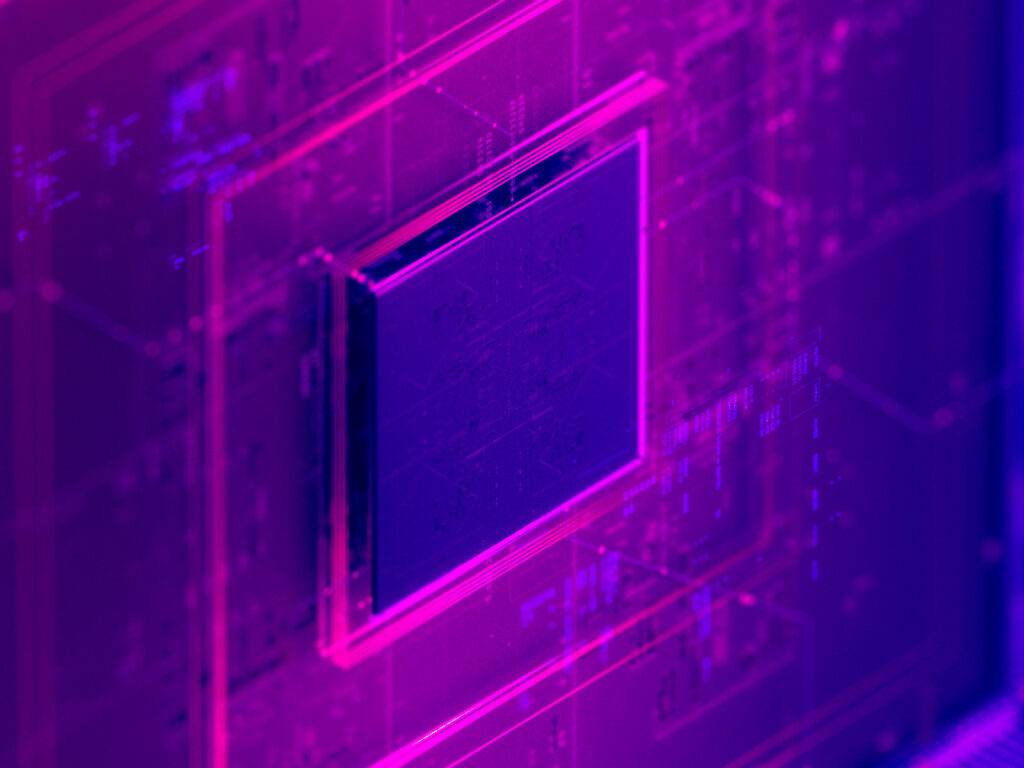The manufacturing industry was one of the hardest hit sectors during the pandemic. It negatively impacted global supply chains, while the travel restrictions made it increasingly difficult for quality managers to inspect and maintain the manufacturing assets to keep the processes streamlined.
Well-managed Molds are essential for the plastic manufacturing industry that ensures quality products, business continuity, and minimal supply chain disruptions – and the pandemic highlighted how much the industry was still dependent on continuous human intervention to maintain good health of the molds.
From consumer household products, pharma and medical to beverages and consumer electronics, multiple industries across the globe today are dependent on the injection plastic molding industry – and rightfully so, the global injection plastic mold market has a promising future, with a valuation of $357.34 billion in 2021 and predicted to grow at a CAGR of 4.2% between 2021-2028.
The growing dependency on the plastic molding industry has put immense pressure on manufacturers to maintain their mold health and efficient productivity. Any undiscovered mold damage while in routine production use has a direct effect on the product quality, productivity and thus adversely affecting the entire supply chain. In some instances, single or multiple blocked cavities may impact the entire planning while putting the supply chain and deliveries at high risk.
Global sourcing organizations are continuously exploring technological innovations to provide more accurate and remote-first management of molds that allow them to exercise a data-driven approach.
Mold management as a key part of smart manufacturing
Traditional mold management systems were heavily dependent on manual processes. They required humans to keep track of mold performance, mold condition, and mold utilization. And because such records were not remotely accessible, there was a high probability that the material would become obsolete and lose its accuracy.
An effective asset management program will ensure that molds are inspected on a regular basis, reports are accessible at the click of a button, mold utilization is tracked, and preventative and predictive maintenance is carried out. This is only achievable if regular manufacturing procedures are supplemented by intelligent applications of technologies such as AI, ML, IoT, and more.
Following are three highly practical approaches to leveraging technology in mold management to truly achieve industry 4.0:
Augmented Reality for remote Mold inspections
Augmented Reality (AR) has proven to be transformative in the manufacturing sector. Typically, molds are to be regularly inspected, making a physical, engineer-led visual inspection of molds a challenging task. Using AR technology, engineers can perform in-depth mold analysis and issue solutions from remote locations. This helps the manufacturer to save substantial time and costs. Furthermore, the applications of AR technology can be expanded to train engineers remotely and widen the quality control workforce by instituting hands-on experience – all while eliminating the risks associated with it. The technology allows the Subject Matter Expert to remotely inspect mold in detail sitting in any part of the world, working on the principle of “I see what you see”.
Smart Sensors
Obtaining reliable information about the status of a mold can be (is always) a time-consuming process. While accurate monitoring of mold utilization is challenging.
Monitoring mold utilization manually poses significant challenges and may not be accurate at times. This is where technology can help tremendously! By using electronic sensors, the mold’s KPIs including Cycle Time, Cycle Count, and most importantly Blocked Cavities can be measured automatically and periodically. It also enables mold owners to exercise preventive and predictive maintenance. As a result, it helps reduce downtime in production and raises red flags on time to ensure business continuity
Intelligent Asset Management Systems (iAMS)
Intelligent Asset Management System is entirely customizable and captures detailed data on mold health—even delivering notifications and alerts from molds located all over the world. Remote monitoring saves the organization money, effort, and time while dealing with manufacturing lines distributed across continents). This allows for close monitoring of mold longevity, productivity, shot count, cycle time, maintenance status, location, and operating status at a much lower cost.
The manufacturing processes can be improved tenfold today, thanks to the significant advancements in internet-based technologies in recent years. But despite the benefits, mold management is overlooked by many manufacturers. It is unfortunately a common practice to keep utilizing molds without regular inspection or mold management until a serious issue/s arises!
Conclusion
Regular monitoring of molds assures higher productivity, less downtime, and fewer customer complaints thus saving time and revenue. Mold control has a direct impact on an organization’s financial line. An automated plastic mold management system guarantees that the mold is used properly, the cost of mold management doesn’t spiral out of control, and any unpredictability in the distribution channels is eliminated.
The importance of mold management cannot be overstated – with the growing dependency on the plastic mold industry, manufacturers need to invest aggressively in technology solutions that help them monitor and manage their molds effectively.
Zimetrics is a data technology company that helps manufacturers leverage the power of technology to unlock new possibilities for smart manufacturing. Initiate a conversation with us to explore our solutions for the manufacturing industry.


